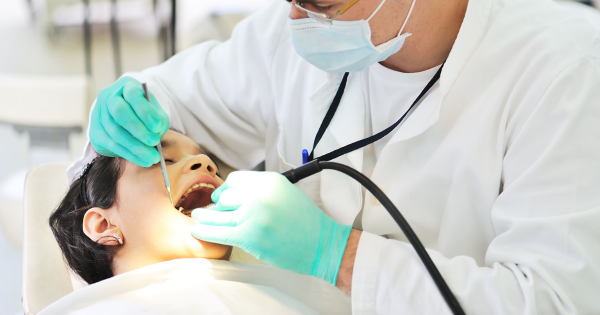
Here Is a Comprehensive Guide on Teeth Misalignment
According to data from the National Health and Nutrition Health Survey, only 35% of US adults have well-proportioned teeth. Malocclusions can have many implications on the patient’s dental and overall health. They can also impact one’s self-image and self-confidence. However, most people do not understand what causes them and how they can be treated.
Here is a guide to help you learn more about teeth misalignment.
What Causes the Teeth to Shift?
When you undergo a procedure to extract the tooth, your dentist may recommend suitable dental appliances. The gap left by the tooth can force the other adjacent teeth to move out of their natural position. It is one of the main reasons why approximately 15 million people in the United States have crowns or bridges to replace missing teeth.
Another issue with leaving the tooth unreplaced is that it often triggers bone loss. Some reports suggest that the patient can lose up to 20% of the bone mass after an extraction. Dental crowns will exert pressure on the gums, and they keep other teeth from moving into the gap.
Dealing with the Mesial Drift
The mesial drift refers to the movement of teeth towards the front of the mouth as we age. The jaw may also shrink in size compared to the rest of the face. As a result, there is hardly enough space for new teeth to emerge.
Your tooth may become misaligned due to other factors such as decay, tooth extraction, and grinding of teeth. These factors compound the effect of the mesial drift and increase the chances that your teeth will shift.
Daily Habits and Shifting Teeth
It is advisable to identify those habits that can shift the position of your teeth. Undue pressure on the gums or teeth is usually enough to cause them to move out of place. Your sleeping posture can contribute to the problem, particularly if your gums and jawbone are already weakening.
Additionally, dentists will want to address habits such as bruxism or teeth grinding. It is often a sign of discomfort from teeth that are out of place. You may also experience swelling and mild to moderate pain in your gums.
Thumb sucking and pacifier use can cause severe shifting of the teeth in toddlers. The habit can also create gaps that will impact the growth of the child’s teeth in the future. Consult a family dentist to avoid oral health complications for your child.
The Implications of Impacted Teeth
The way teeth emerge is another concern for dentists. Impacted teeth refer to a tooth that does not fully emerge from the gums. Wisdom teeth are usually the most affected, but they can affect other teeth as well. Impacted teeth are often a sign of problems with your dental health.
Braces as a Solution
Your local family dentist can recommend braces or clear aligners to straighten teeth for children and teens. They can also recommend adult braces which are considered effective and less problematic. Remember, for most children and teens, the challenge is often to maintain their daily oral hygiene routine.
It is recommended that you should take your child to an orthodontist as early as age seven. Regardless of the oral health problem, it is possible to treat it thanks to advances in dental technology. Regular visits to family dentists will keep your teeth healthy for a lifetime.



